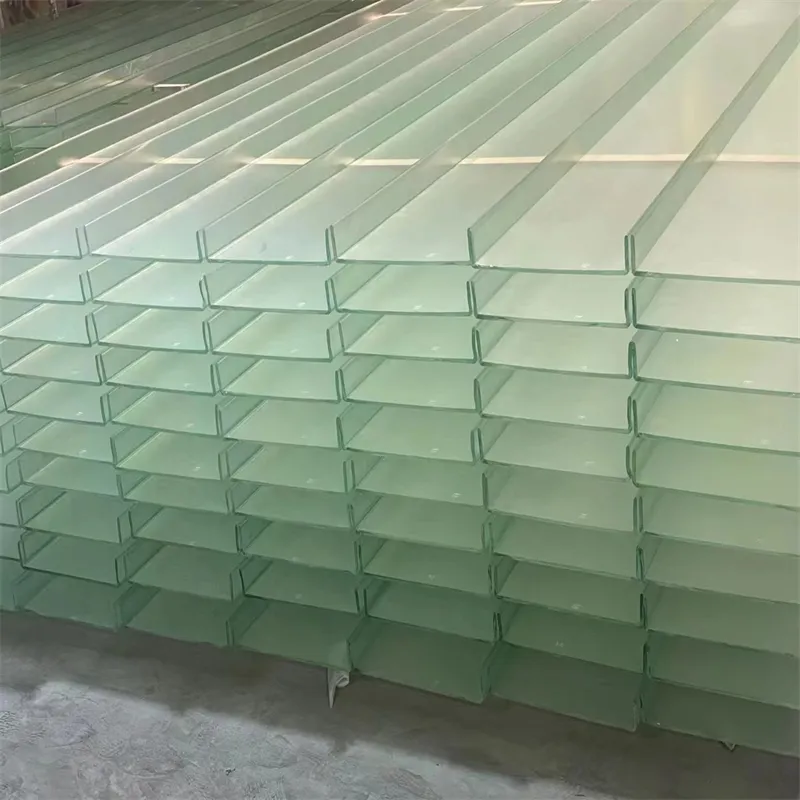Dec . 11, 2024 10:53 Back to list
Understanding the Mechanics of Breaking Laminated Glass in Various Applications
Breaking Laminated Glass Understanding Its Properties and Applications
Laminated glass is a type of safety glass that consists of two or more layers of glass bonded together by a transparent interlayer, usually made from polyvinyl butyral (PVB). This innovative combination of materials provides numerous advantages, particularly in terms of safety, noise reduction, and UV protection. However, one of the significant topics concerning laminated glass is its breaking behavior and the implications of such breakage.
Composition and Structure
The structure of laminated glass typically involves two or more layers of glass, with PVB interlayers sandwiched in between. This configuration not only enhances the glass's strength but also allows it to maintain integrity even when shattered. If impact or stress causes the outer layer to break, the interlayer holds the shards in place, preventing them from falling out or causing injury. This characteristic is crucial for applications in automotive windshields, architectural buildings, and security glazing.
Breaking Mechanisms
When discussing the breaking of laminated glass, it is essential to understand the different mechanisms involved. Glass can break due to various factors, including impact, thermal stress, or installation defects. The behavior of laminated glass under stress can differ from that of standard tempered glass.
1. Impact Resistance Laminated glass is designed to withstand significant impact forces. However, if the force exceeds a certain threshold, the outer layer will break. Unlike regular glass, the shards remain attached to the PVB interlayer, which prevents them from becoming projectiles and reduces the risk of injury.
2. Thermal Stress Temperature fluctuations can cause glass to expand and contract. If these changes are uneven, they can lead to thermal stress, which may eventually result in failure. Laminated glass provides some advantages in thermal stability due to the interlayer, which helps to distribute stress more evenly across the surface.
3. Installation Defects Proper installation is critical in ensuring the longevity of laminated glass. Issues such as improper sealing or inadequate support can lead to stress concentrations that may cause breakage over time. Regular inspections are essential to identify and rectify such defects early.
breaking laminated glass

Applications of Laminated Glass
The properties of laminated glass make it suitable for a wide range of applications
1. Automotive Industry Laminated glass is commonly used in car windshields due to its ability to prevent fragmentation upon breakage and its excellent acoustic properties, which contribute to a quieter ride.
2. Architectural Design In commercial and residential buildings, laminated glass is utilized for skylights, facades, and windows. Its strength and aesthetic versatility allow architects to create stunning designs while ensuring safety and security.
3. Security Applications Laminated glass is often employed in high-security environments, such as banks, jewelry stores, and government buildings. Its resistance to penetration makes it a preferred choice in safeguarding against forced entry.
4. Bullet-resistant Glass An advanced form of laminated glass incorporates multiple polycarbonate layers for bullet resistance. This specialized glass is crucial for law enforcement and military applications, providing critical protection.
Conclusion
The breaking behavior of laminated glass highlights its strengths and limitations. While it offers superior safety features compared to traditional glass, understanding its breaking mechanisms is key to optimizing its use in various applications. As technology advances, the development of laminated glass continues, enhancing its performance characteristics and expanding its usability across different sectors. By prioritizing safety, functionality, and aesthetic appeal, laminated glass remains a vital component in modern architecture and automotive design, embodying a harmonious blend of innovation and practicality. As we continue to explore new methodologies for glass manufacturing and treatment, the future of laminated glass promises even more impressive applications and safety features, ensuring its place as a cornerstone in materials technology.
-
Safety and Style with Premium Laminated Glass Solutions
NewsJun.24,2025
-
Reinvents Security with Premium Wired Glass
NewsJun.24,2025
-
Premium Float Glass Line for Modern Architecture
NewsJun.24,2025
-
Low Emissivity Glass for Energy-Efficient Architecture
NewsJun.24,2025
-
High-Performance Insulated Glass Solutions for Modern Architecture
NewsJun.24,2025
-
Elevates Interior Style with Premium Silver Mirror
NewsJun.24,2025
Related PRODUCTS














